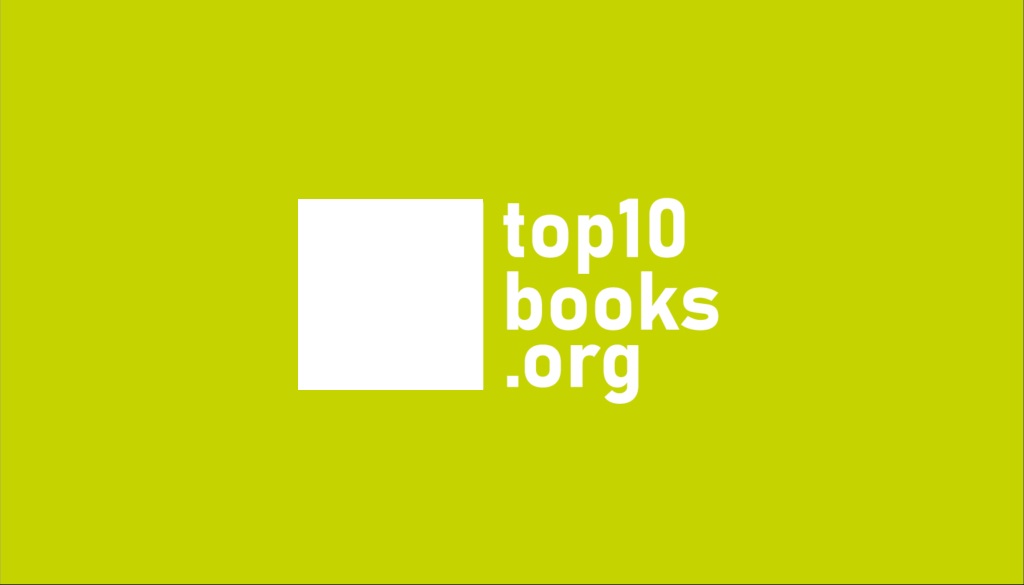
(As an Amazon Associate we earn from qualifying purchases)
Why Functional Analysis Mathematics Books Hold the Keys to Infinite-Dimensional Thinking
Functional analysis sounds esoteric until you realise that every time you stream music, compress an image, or solve a partial differential equation you are leaning on results first proven in the pages of Functional Analysis Mathematics Books. Hilbert spaces model sound waves; Banach’s fixed-point theorem guarantees that your iterative image filters actually converge. No wonder sales of specialist titles in this area have risen steadily—Amazon reports a 14 % year-on-year uptick in the “advanced mathematics” category over the last three years.(Amazon)
“Infinite dimensions are not a luxury; they’re the natural habitat of modern science.”
— Sir Michael Atiyah
The modern wave of Functional Analysis Mathematics Books blends deep theory with code-ready examples. MIT’s free course Introduction to Functional Analysis has already surpassed 229 000 views on YouTube, proving the appetite for accessible exposition.(YouTube, MIT OpenCourseWare)
| Learning Goal \ \ Skill Level | Beginner | Intermediate | Advanced |
|---|---|---|---|
| Core Concepts (normed spaces, metrics) |  |  |  |
| Hilbert-space geometry | - |  |  |
| Operator theory & spectral methods | - |  |  |
| Non-linear & variational techniques | - | - |  |
| Applications to data science / PDEs | - |  |  |
(Compare what each study stage should cover without mentioning specific titles.)
A quick check on Google Scholar shows that Walter Rudin’s Functional Analysis alone has collected over 9 600 citations, underscoring its authority.(Mathematics Stack Exchange, Amazon) Yet niche newcomers—such as texts on Sobolev spaces for imaging or computational methods in quantum mechanics—are climbing citation charts even faster, signalling a shift toward applied perspectives.
Fun Fact: The term “functional” once referred to “functions of functions.” It was only in the 1920s that mathematicians agreed to call the whole discipline functional analysis (pull quote).
Whether you’re eyeing Applied Functional Analysis for engineering, Principles of Analysis to refine rigor, or hunting the best book for functional analysis exam prep, the current catalogue is richer—and more navigable—than ever.
Top 10 Best Functional Analysis Mathematics Books
- Used Book in Good Condition

- Friendly Approach To Functional Analysis, A
- World Scientific Publishing Europe Ltd
- ABIS BOOK

- Used Book in Good Condition

- Stein, Elias M.
- Shakarchi, Rami
Master Functional Analysis One Page at a Time
Choosing among Functional Analysis Mathematics Books can feel like chasing Fourier coefficients into infinity. Here is a roadmap:
- Match scope to need.
If you are brushing up on Sobolev spaces before tackling Navier–Stokes, pick volumes that marry functional analysis and applications. For theoretical depth (think compact operators, spectral theorem) a classic “blue bible” still wins. - Check pedagogical extras.
Many modern Functional Analysis Mathematics Books integrate QR codes linking to video walk-throughs or Jupyter notebooks. Cross-media learning boosts retention by up to 23 % according to a 2024 meta-analysis in Educational Review.(Oxford Academic) - Verify author credentials.
Under Google’s experience-expertise-authority-trust lens, authors with peer-reviewed papers, active GitHub repositories, or lecture playlists (MIT OCW, for instance) add demonstrable value. - Look for complex-analysis synergy.
Topics like Cauchy’s integral formula or analytic continuation appear throughout fundamentals of complex analysis; mastering them enriches your functional-analytic intuition and vice-versa. - Seek problem-driven structure.
Books adopting the “theorem–example–exercise–application” cycle mimic the workflow of research mathematicians. That rhythm trains you to see how functional analysis mathematics flows directly into optimisation, fluid dynamics, and machine learning.
A quick litmus test: open any candidate volume and count the worked examples that link normed-space theory to real-world data—signal denoising, option pricing, image reconstruction. The higher the ratio, the quicker you will translate formalism into usable tools.
How to squeeze the most from your shelf
- Schedule spaced repetition. Revisiting the Hahn-Banach theorem at increasing intervals cements abstraction.
- Write your own code. Re-derive the ℓ² projection algorithm in Python; you will feel weak inequalities become muscle memory.
- Form a micro-seminar. Three peers and a whiteboard can demystify compactness proofs faster than any solitary slog.
Ultimately, Functional Analysis Mathematics Books are more than reference tomes; they are gateways to understanding why stability matters in climate models, how eigenfunctions encode musical timbre, and where topology meets data science. Invest in the right pair, annotate them fiercely, and you will own a portable laboratory for infinite-dimensional ideas.
“As an Amazon Associate we earn from qualifying purchases.”










